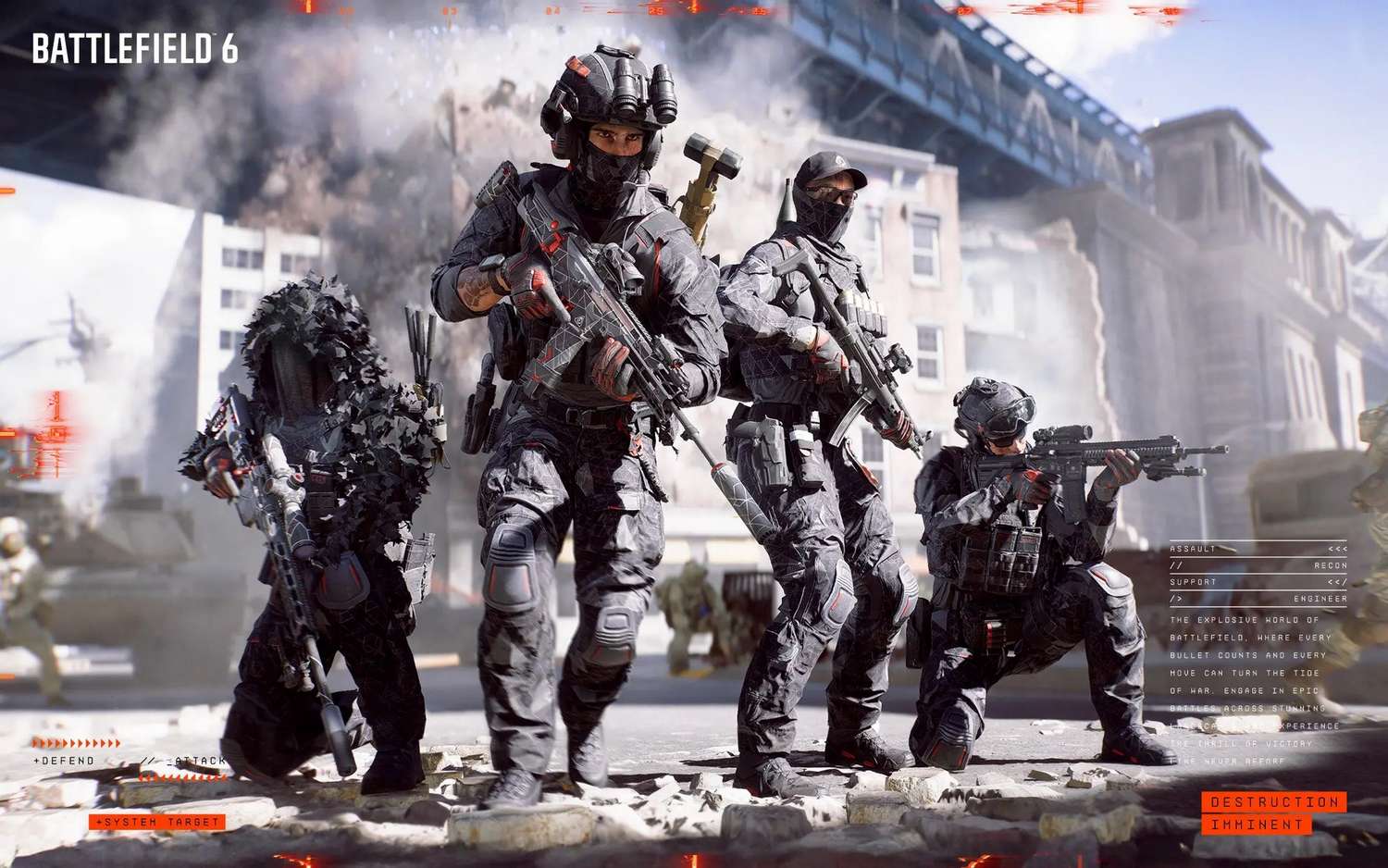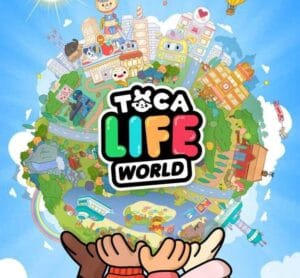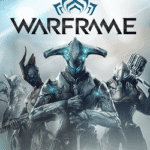
The Battlefield franchise has long been synonymous with its large-scale, chaotic, and engaging multiplayer modes. For many players, the single-player campaign has often been an afterthought—a secondary offering, sometimes criticized for being a short, formulaic appetizer before the main multiplayer feast. However, new data surrounding Battlefield 6 suggests a significant and surprising shift in player engagement, particularly concerning the completion rate of its narrative mode.
Initial sentiment upon the release of Battlefield 6 (Note: Assuming the title refers to a recent or near-future installment with a campaign, as Battlefield 2042 was multiplayer-only) mirrored previous launches: a widespread focus on the multiplayer experience, new maps, and the post-launch roadmap. Yet, an analysis of achievement/trophy unlock statistics—a key indicator of player progression and campaign completion—reveals that a larger percentage of players finished the Battlefield 6 campaign than one might anticipate, challenging the prevailing narrative that these modes are universally ignored.
This news is particularly pertinent for Electronic Arts (EA) and DICE, as it justifies the substantial investment in creating a dedicated, high-fidelity single-player narrative. High campaign completion metrics can be a strong selling point, especially when targeting the broader gaming audience who value a complete story arc over purely competitive play. It offers a counter-argument to the industry trend of de-prioritizing or outright removing single-player content in favor of the more lucrative, continuous revenue stream of live-service multiplayer.
Deciphering the Data: What Drove Player Engagement with the Narrative?
To understand this unexpected success, one must look beyond the raw numbers and consider the design philosophy of the Battlefield 6 campaign. Early reports and player feedback highlighted a return to a more “grounded shooter” feel, reminiscent of fan-favorite campaigns from the early 2010s, which may have resonated strongly with both veteran players and newcomers.
A typical Battlefield campaign is estimated to take between 5 to 8 hours to complete. This relatively short campaign length is likely a contributing factor to the higher completion rate. Unlike sprawling RPG or open-world titles that demand dozens of hours, a focused, cinematic experience that respects the player’s time makes the “finish line” feel more attainable. Players who bought the game primarily for multiplayer may view the campaign as a manageable side activity to complete over a weekend.
- Shorter Playtime: A concentrated 5-8 hour experience lowers the barrier to completion.
- Exclusive Rewards: Completing the campaign often unlocks exclusive in-game rewards—such as unique weapon cosmetics, operator skins, or XP boosters—that can be used in the high-value multiplayer modes. This acts as a powerful, high-conversion incentive.
- Narrative Quality: Even if reviews were mixed, a segment of the community found the new story engaging enough to see it through its conclusion, especially with its focused mission structure and key set-piece moments.
The implementation of these campaign rewards represents a shrewd business strategy. It transforms the single-player mode from a simple narrative diversion into an integrated part of the overall player progression system, effectively cross-pollinating the single-player and multiplayer communities. This integration is crucial for maintaining a high player retention rate across all modes.
 The CPC Connection: High-Value Keywords in a Multiplayer World
The CPC Connection: High-Value Keywords in a Multiplayer World
The conversation around Battlefield 6’s single-player completion is inextricably linked to the massive marketing machine of the modern AAA gaming industry. Cost Per Click (CPC) keywords in the gaming sphere often revolve around the most searched and most competitive aspects: “best guns,” “new maps,” “battle pass,” and “premium currency.”
However, the surprising success of the campaign introduces a valuable, slightly less saturated set of search terms for publishers to leverage. Keywords like “Battlefield 6 campaign walkthrough,” “story ending explained,” and “single-player rewards” see a surge in search volume post-launch. For EA, the high completion rate validates the use of these narrative-focused keywords in marketing, driving high-quality traffic from players specifically invested in the non-multiplayer content.
Strong performance in the single-player mode can also positively influence the game’s overall image, impacting high-level commercial terms like “best first-person shooter of the year” and “top new games 2025.” A game that is well-regarded for both its campaign and multiplayer has a much stronger position in the highly competitive video game industry.
Historical Context and Future Implications for FPS Campaigns
Historically, the completion rates for most first-person shooter (FPS) campaigns hover significantly lower. Titles that are predominantly known for their multiplayer often see only a fraction of their player base finish the story. The Battlefield 6 data suggests that this trend is not immutable. When a campaign is concise, rewarding, and offers a compelling (even if short) narrative, players will commit the time.
This success story should serve as a wake-up call for competitors like Activision and their Call of Duty franchise, which also faces similar scrutiny regarding campaign engagement. The key takeaway is not that every campaign must be a 40-hour epic, but that it must be high-quality, integrated, and respectful of the player’s time.
The future of FPS single-player modes hinges on three pillars:
- Integration: Seamlessly linking single-player achievements to multiplayer progression and rewards.
- Quality over Quantity: Focusing development efforts on a shorter, more polished, and high-impact cinematic experience.
- Narrative Differentiation: Offering a story that feels distinct from other media and is uniquely Battlefield in its scale and execution.
 The narrative surrounding the Battlefield series is evolving. It is no longer just a multiplayer giant. The surprisingly high number of players who saw the story through to its dramatic conclusion in Battlefield 6 sends a clear message to the gaming market: single-player still matters, especially when executed smartly and used as a gateway to the live-service component. This marks a major, positive development for the diversity of content within the AAA shooter space.
The narrative surrounding the Battlefield series is evolving. It is no longer just a multiplayer giant. The surprisingly high number of players who saw the story through to its dramatic conclusion in Battlefield 6 sends a clear message to the gaming market: single-player still matters, especially when executed smartly and used as a gateway to the live-service component. This marks a major, positive development for the diversity of content within the AAA shooter space.










 Free Fire
Free Fire  Fall Guys
Fall Guys  Warframe
Warframe  R.E.P.O
R.E.P.O  FIFA 23
FIFA 23  Free Fire Max
Free Fire Max  The Legend of Zelda
The Legend of Zelda  Black Myth: Wukong
Black Myth: Wukong  Schedule I
Schedule I  The CPC Connection: High-Value Keywords in a Multiplayer World
The CPC Connection: High-Value Keywords in a Multiplayer World